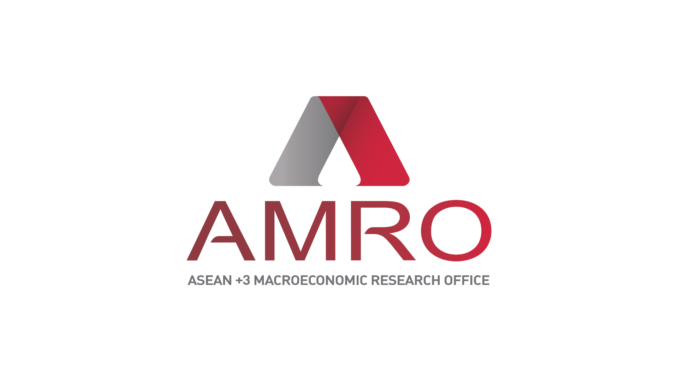
The ASEAN+3 Macroeconomic Research Office (AMRO) is keeping its growth forecasts for the Philippines at 6.1 percent in 2024 and 6.3 percent in 2025, on the back of higher government spending and services exports.
AMRO, in its October 2024 ASEAN+3 Regional Economic Outlook update, said it also expects inflation in the Philippines to settle at an average of 3.3 percent this year and 3.1 percent next year.
AMRO chief economist Hoe Ee Khor said the forecast for the Philippines is “still among the strongest in the region.” The Philippines is seen enjoying the second fastest growth in the region, next to Vietnam’s 6.2 percent in 2024 and 6.6 percent in 2025.
“We expect growth to be 6.1 percent which will be an improvement from last year’s 5.6 percent and for next year, 6.3 percent, and this is mainly because we expect government investment spending to be higher this year, together with services exports,” Khor said.
Khor said like other countries, the Philippines suffered from elevated interest rates, but the Bangko Sentral ng Pilipinas recently started its monetary easing cycle with a 25-basis-point reduction in August.
AMRO also expects the ASEAN+3 region to grow at an average of 4.2 percent in 2024 and 4.4 percent in 2025. The updated forecasts for the ASEAN+3 region represent a slight downward revision from the July outlook of 4.4 percent, primarily due to adjustments for China and Vietnam.
The Plus-3 economies—China, Japan and Korea—are projected to grow by 4.1 percent, while ASEAN is expected to expand by 4.7 percent in 2024.
“Recent developments have shifted the risk landscape for the ASEAN+3 region,” said Khor. “The sharp but short-lived market adjustments that we witnessed in early August is a reminder of the risk of further spikes in financial market volatility. The potential escalation of protectionist policies following the US presidential election is another key risk for the region.”
Inflation in the ASEAN+3 region—excluding Lao PDR and Myanmar—is forecast to ease to 1.9 percent in 2024, slightly lower than the July forecast of 2.1 percent. Overall, inflationary pressure remains well contained in the region, in line with the expectation of easing global inflation, it said.
Recent US economic indicators sparked some concerns for the region. Continued weakness in the US labor market and purchasing managers index (PMI) figures raised fears of a sharper growth slowdown, potentially impacting regional exports.
The November election outcome could also significantly affect the region’s economic outlook, particularly if it signals an intensification of US-China trade tensions or broader trade frictions, AMRO said.
“An increasing number of central banks worldwide have begun easing monetary policy, and China has recently announced a broad set of stimulus measures to support its economy. These actions will have positive spillover effects on the rest of region,” Khor said. “However, rising external and geopolitical uncertainties underscore the need to continue strengthening resilience and enhancing cooperation in the region.”


Be the first to comment